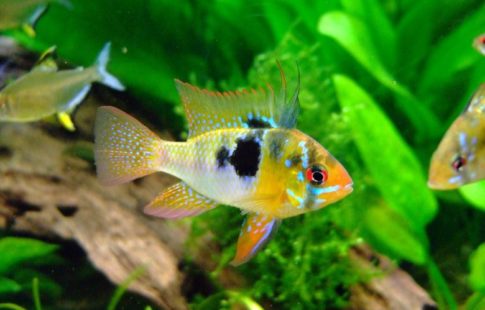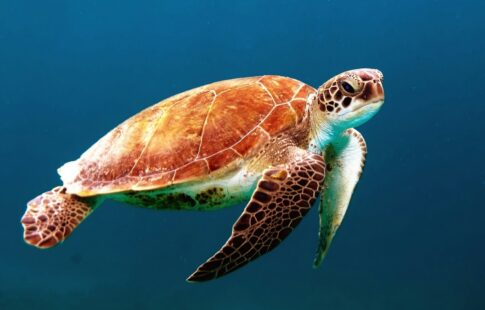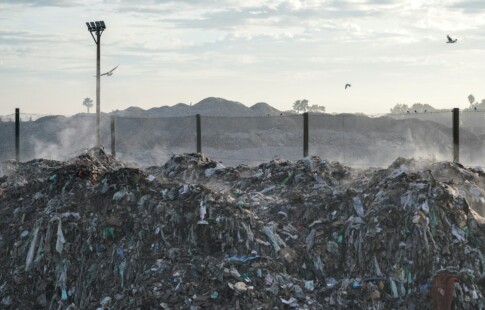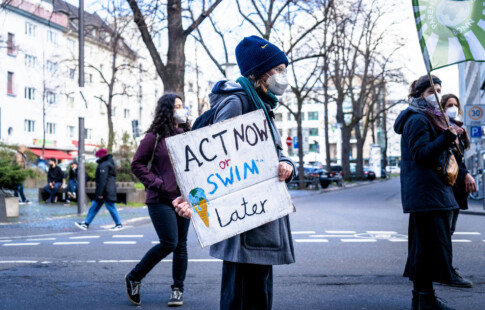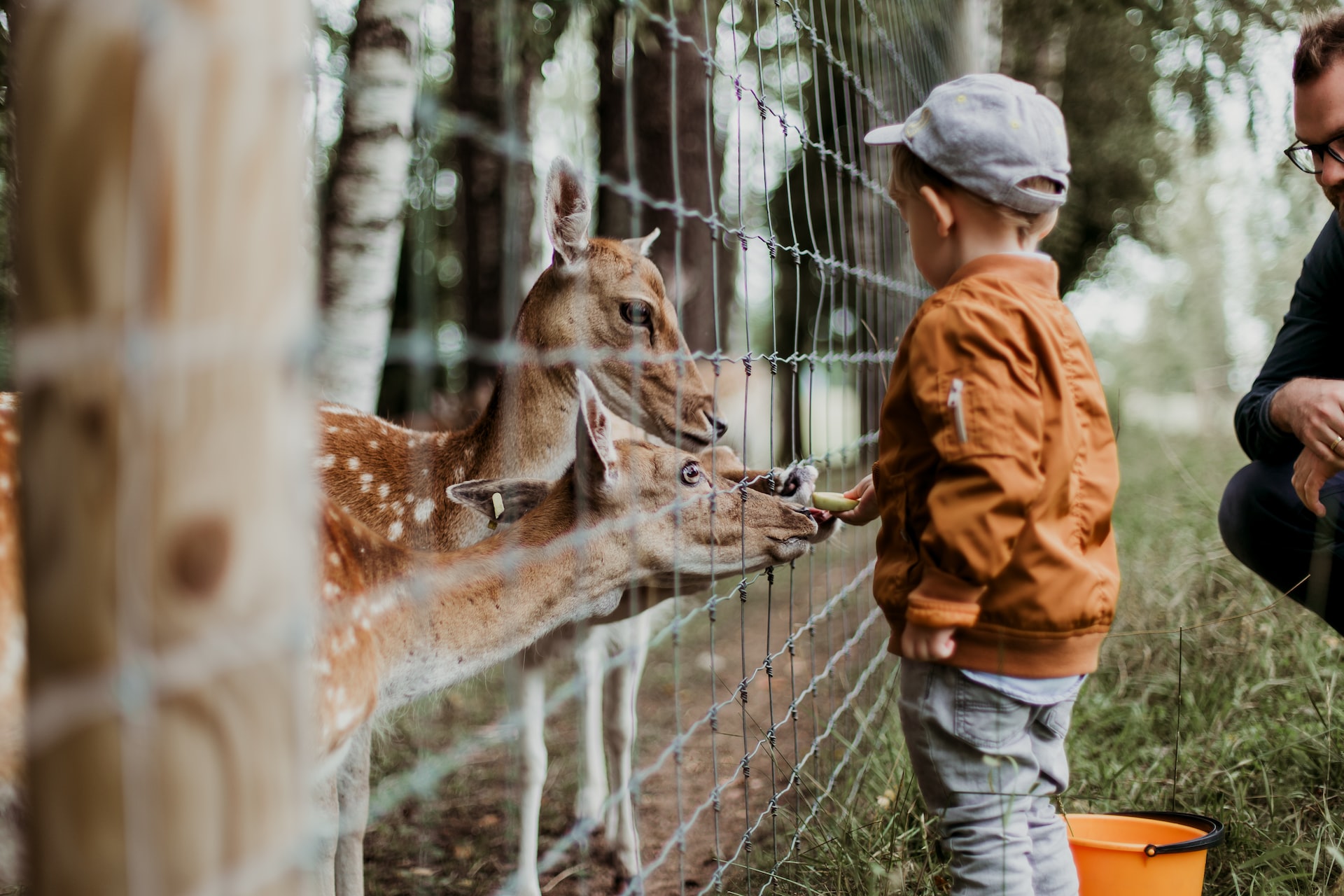
A Zoo’s Effect on Children’s Perception of Animals
We are reader-supported. When you buy through links on our site, we may earn affiliate commission.
Zoos have come a long way from their origins as a dingy collection of cages. As a hub for science and conservation, these public sanctuaries have a positive effect on children’s perception of animals. Going to a zoo exposes kids to species they would never get to encounter otherwise due to geography or rarity. They teach the next generation to care about wildlife.
From Storybook to Reality
For the most part, people care about things with which they have a connection. Seeing a wolf in person means it’s no longer just an animal on TV or the antagonist in a fairy tale. It becomes tangible.
A wolf can have a name, be a mother, or have a favorite toy — and children will become interested in that particular animal. By extension, they may have more sympathy for wolves in general and will want to protect their species. This is the backbone of wildlife conservation.
At the zoo, children can learn the history of individual animals and form opinions about human-wildlife interactions. A tiger might be housed at the zoo because it was taken from an illegal cub-petting operation. For instance, poachers charge tourists to pet big cat cubs until the animals become too dangerous to handle. Rather than being killed to make room for the next round of cubs, the tiger was rescued by authorities.
Or, a bear might have ended up in captivity after its mother attacked someone who ventured too close to her young, or after years of being housed in cramped conditions at a circus. Children can learn that dangerous wildlife should be seen, not touched. Otherwise, the animals might become habituated to humans and be sent to a zoo for precaution. Kids can learn that these animals can never be released back into the wild, which is not an ideal outcome.
Seeing Is Believing
Children are naturally curious and many prefer viewing animals in person rather than just reading about them. Going to a zoo is an interactive experience where kids hear, smell, and can even touch some of the animals. This makes it fun to learn.
Zoos often have ambassador animals — tame individuals that were raised in captivity after being orphaned or sustaining an injury. Zookeepers use ambassador animals in demonstrations, sometimes outside of an enclosure.
For example, children can get an up-close view of an owl that flies over the crowd on command. They might also learn that the owl ate a poisoned mouse as a fledgling, resulting in needing treatment and a life in captivity. This can provide an important lesson about how pesticides affect predators like birds.
No Place Like Home
Zoos teach children that wild animals really don’t belong in captivity. However, because people have destroyed so much of their habitat, many of them have nowhere else to live or breed. Zookeepers can explain that while animals should remain in the wild, keeping some endangered species in captivity prevents extinction.
Some animals are so rare in nature that these programs are the main thing keeping their species alive. Zoos often release young animals into the wild to help their population recover. Many species, like the California condor, wouldn’t even be here today if it weren’t for zoo breeding programs.
In the 1970s, only a few dozen California condors were left in the wild. Centuries of shooting, poisoning, and disturbing the raptors — along with decimating their food supply — reduced their population to just a few individuals.
In the mid-1980s, all the condors were taken to the San Diego Wild Animal Park and Los Angeles Zoo for protection. They then began reproducing in captivity. As of 2019, their population had grown to 518 birds, many of which live in the wild today.
Remarkable success stories like this give children hope that people can make a difference when it comes to animal conservation. Seeing real animal species that were saved from the brink of annihilation solidifies the urgent need to protect wildlife. A zoo’s effect on children’s perception of animals can be inspiring and long-lasting.
The World All Around
Going to the zoo exposes children to new biomes and environments they might not have visited before, such as a desert or tundra. Kids can see all the different ways animals move, the variety of foods they eat, and the noises they make, depending on where they come from.
Children can see how penguins evolved to swim in freezing temperatures and that monkeys have prehensile tails to climb trees. This provides an important lesson: Some animals are adapted for very specific temperatures and landscapes, and climate change and deforestation threaten their existence in the wild.
Zoos teach children the importance of predators and scavengers in food chains. And just because an animal eats meat doesn’t mean it’s a villain. They can learn about keystone species, like spotted hyenas, and how they hold an ecosystem together.
Zoos open children’s eyes to animals they might not have normally found interesting or even thought of as wildlife, such as the vast array of insects or fish that inhabit the world. This experience teaches kids that they can study wildlife almost anywhere they go, even at home. All they need to do is step outside and look under rocks or logs.
Visiting an outdoor aviary can show children that birds live in flocks and need room to fly. Children can learn that many birds are loud, messy, intelligent animals with complex social structures, and they don’t belong in a tiny cage in a spare office.
A zoo can also teach children about the myths and spirituality surrounding some animals and how they’re culturally significant to different people around the world. Preserving certain species goes beyond just saving animals — it preserves a way of life.
Shaping the Future
An inspiring experience at a zoo can influence a child’s future career choices, and they may decide to work in conservation, education, or ethology (the study of animal behavior). It might also cause them to change their lifestyle, such as choosing to use less plastic because of an educational exhibit about ocean trash they saw at the zoo.
Visiting a zoo is more than just a fun thing to do on a day off from school. Zoos’ effect on children’s perception of animals is a resoundingly positive one; it shows them the importance of conservation and will hopefully continue helping to keep species alive for the next generation to enjoy.
Share on
Like what you read? Join other Environment.co readers!
Get the latest updates on our planet by subscribing to the Environment.co newsletter!
About the author

Steve Russell
Steve is the Managing Editor of Environment.co and regularly contributes articles related to wildlife, biodiversity, and recycling. His passions include wildlife photography and bird watching.
